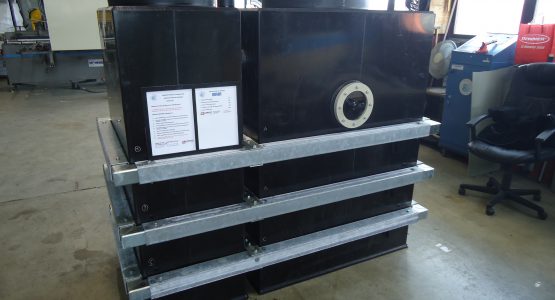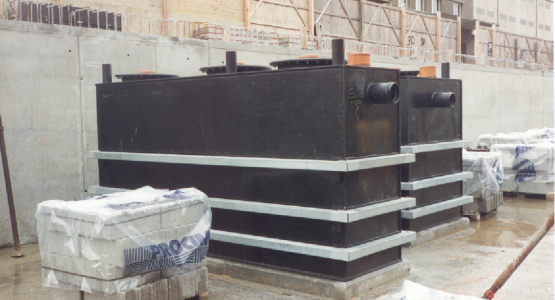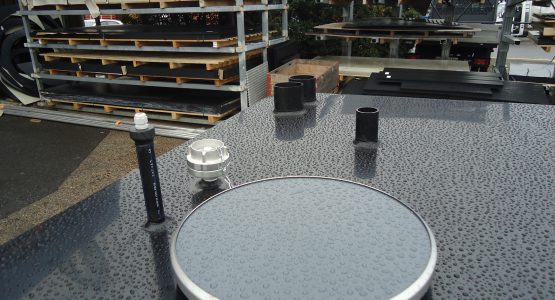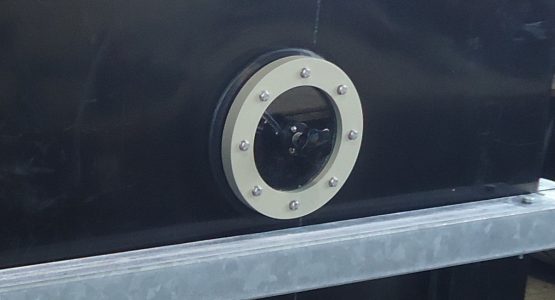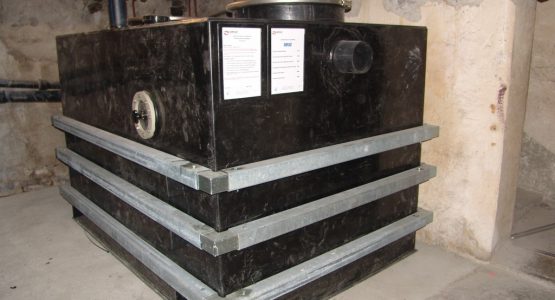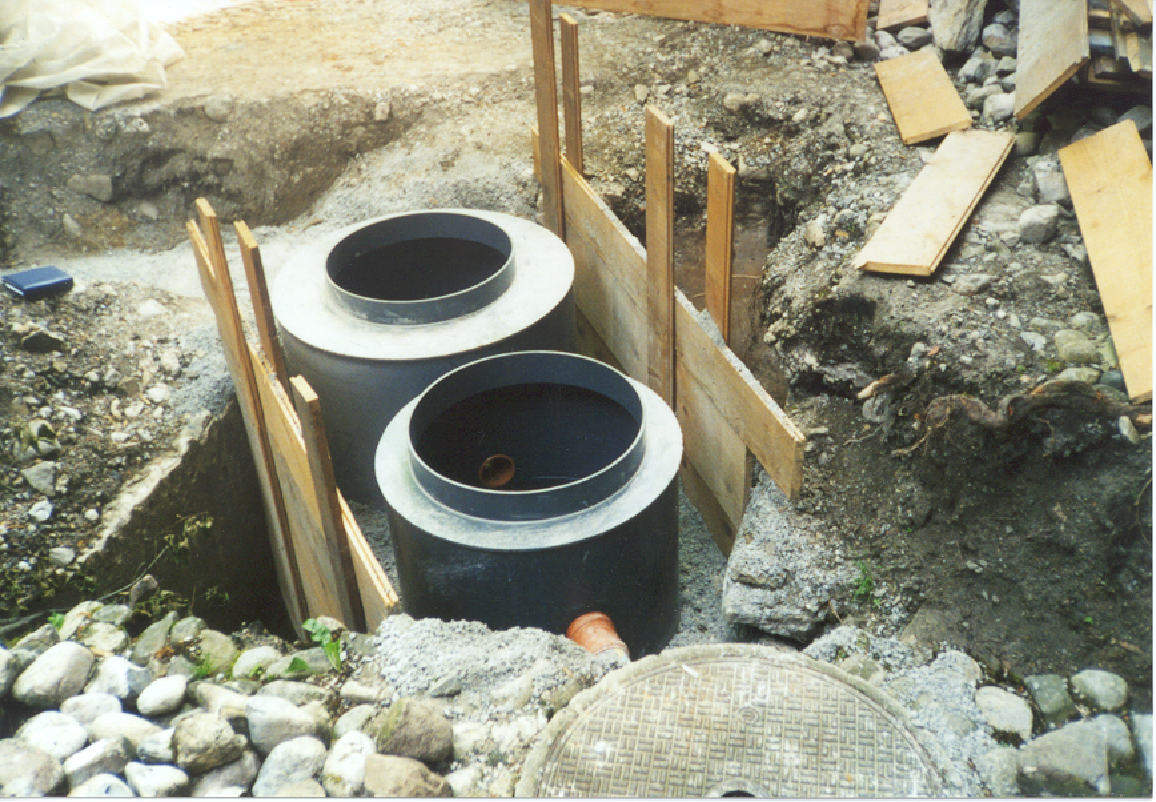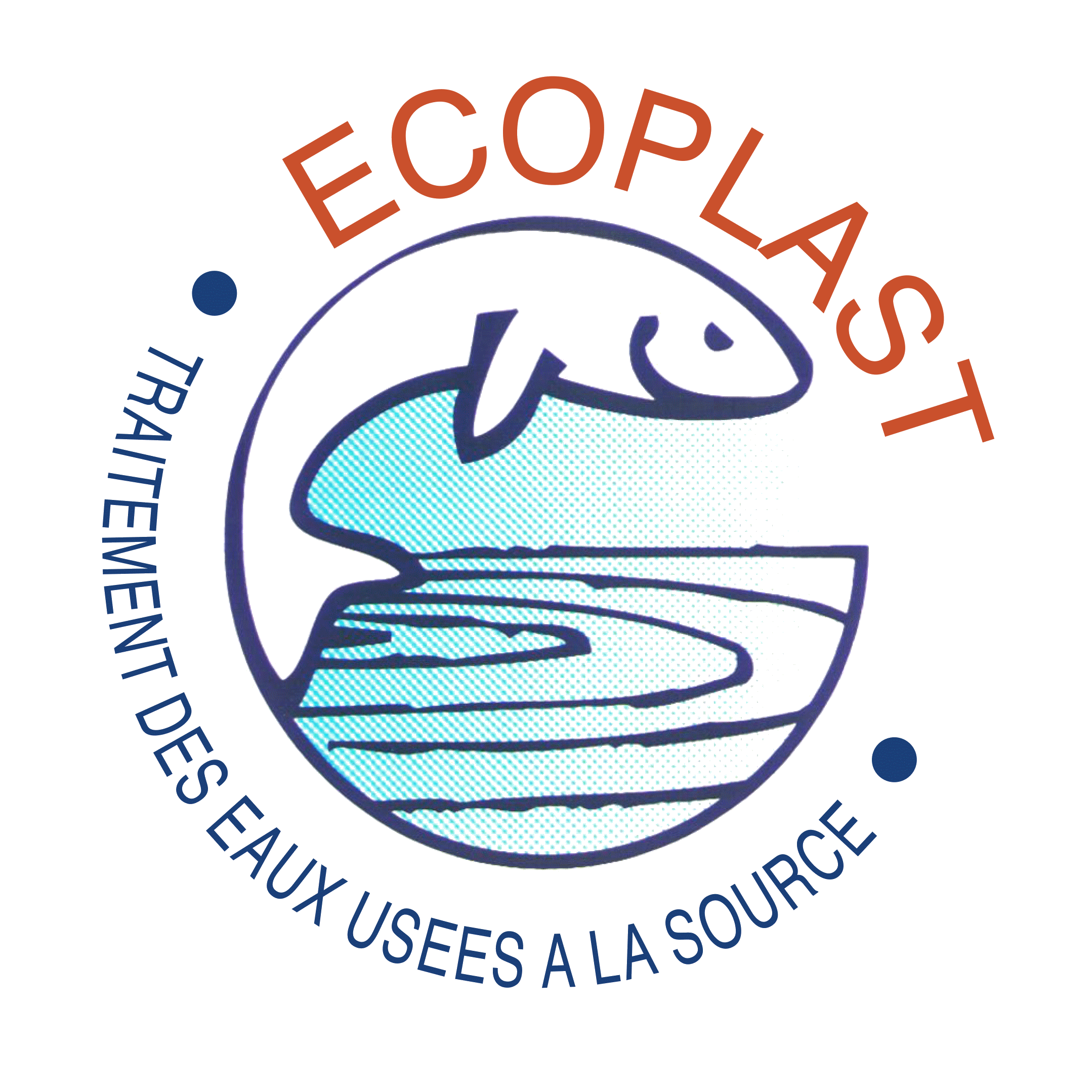

For the pre-treatment of kitchen wastewater.
Grease separators are located downstream of kitchens in restaurants, hotels, hospitals, caterers, canteens, etc. Their function is to retain grease to prevent it from clogging the wastewater pipes and/or disrupting the operation of WWTPs.
Advantages
- Custom-made fabrication: In the event of site constraints (accessibility, dimensioning, configuration), it is possible to manufacture the separator entirely on site. One simple call and our technicians will intervene to take all the necessary measurements and study the best solution suited to your particular case.
- Ease of installation: Whether it is made of PVC or HDPE, the Ecoplast grease separator is easy to handle and install without using lifting equipment, since it is quite light.
- Quality of material: Synthetic materials offer resistance to sewage and gas corrosion effects. Also, the watertightness of the structure is guaranteed, especially in the vicinity of the water table.
Creation realisation
The solution with concrete encasement and cast iron cover is chosen when it is possible to place the separator outside the building, or during major structural work. In this case, it is incorporated under the apron or the foundations of the building.
For existing objects or during conversion, the freestanding solution will, in principle, be retained. If the separator has to be placed at a lower level than the wastewater collector, it is possible to install a pumping tank downstream.
Ecoplast separators comply with SN 592000 standards, the guidelines of the Association of Water Treatment Professionals (ASPEE) and the requirements of the cantonal directives, in particular the DCPE 560.
In order to reduce the risk of odours and to facilitate maintenance, Ecoplast offers the possibility of adding automatic dosing equipment injecting a Biofood© grease degrading product into the separator.
Maintenance
The separator must be drained periodically. The frequency of intervention is determined according to the workload and in agreement with the company in charge of emptying the tank as well as the competent local authority. For this purpose, a contract will be established between the operator and a specialised company approved by the Department of public works, planning and transport (DTPAT).
It is mandatory to empty the tank at least once a year.
The company in charge will respect the ordinances on the transport and treatment of special waste. After the tank has been emptied, they will fill up the installation with clear water.






